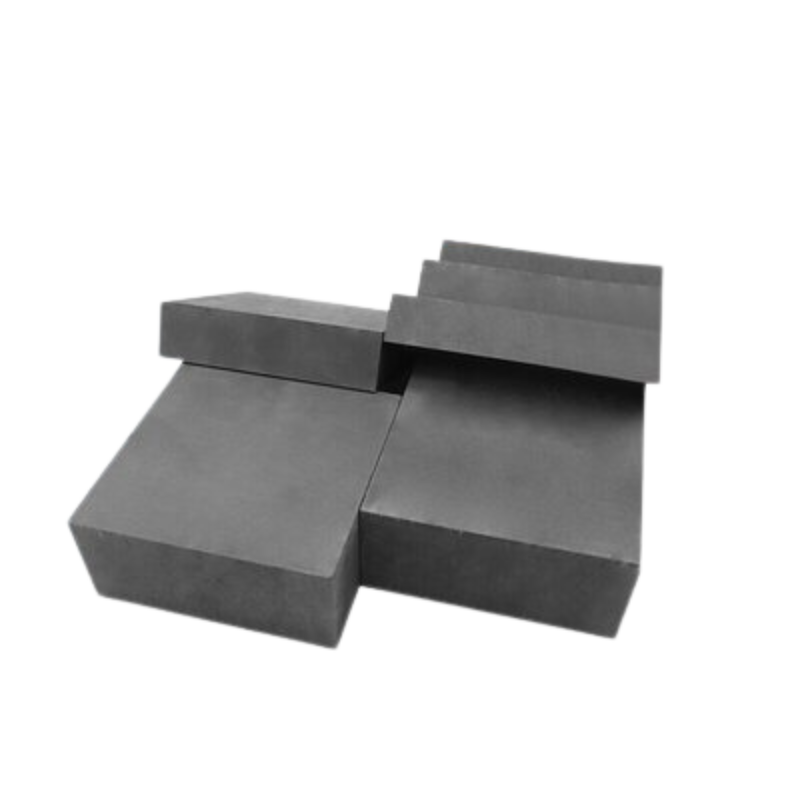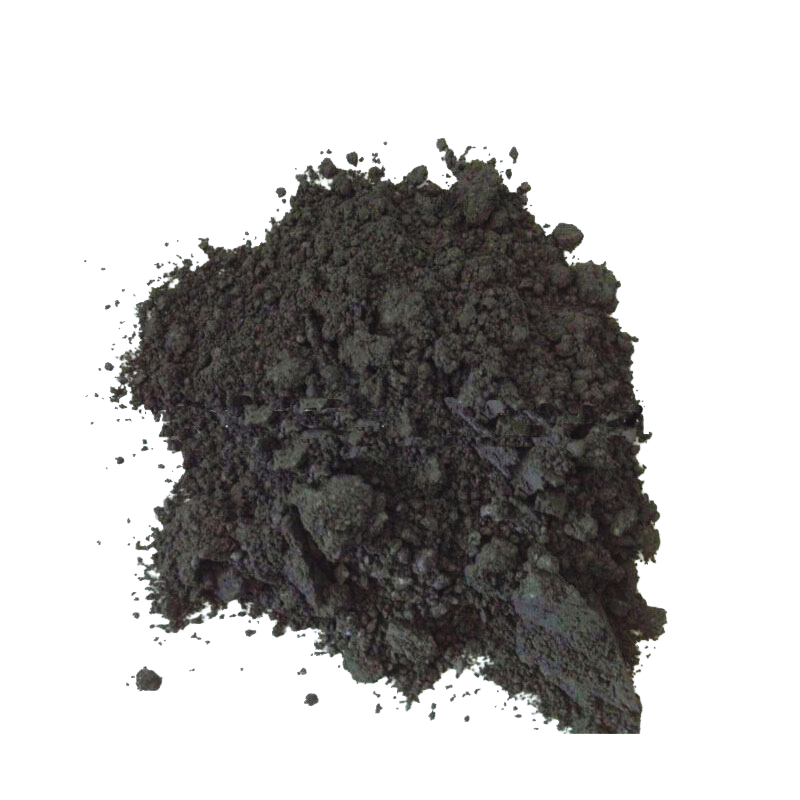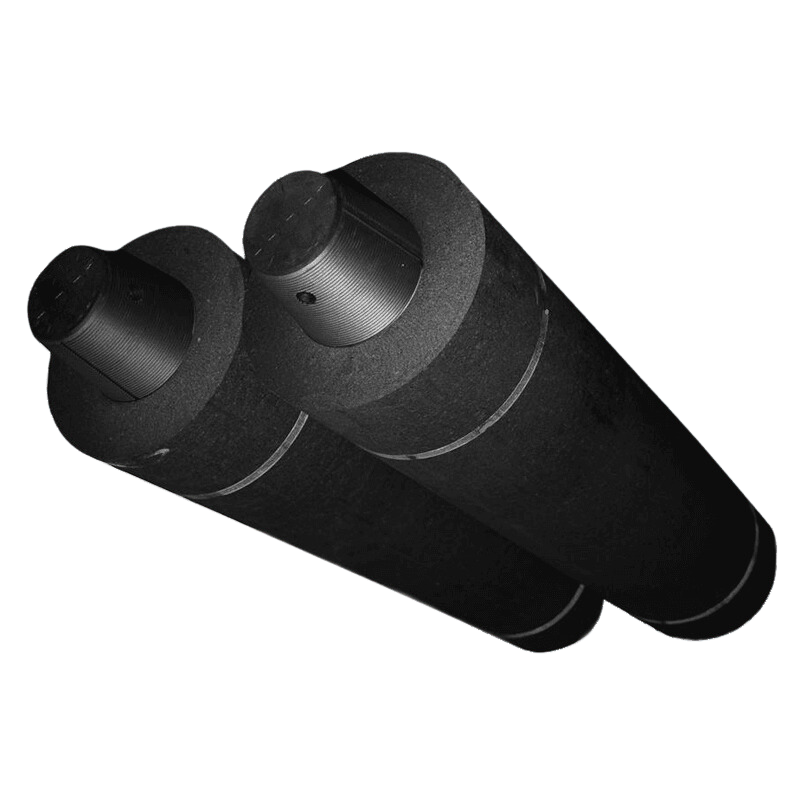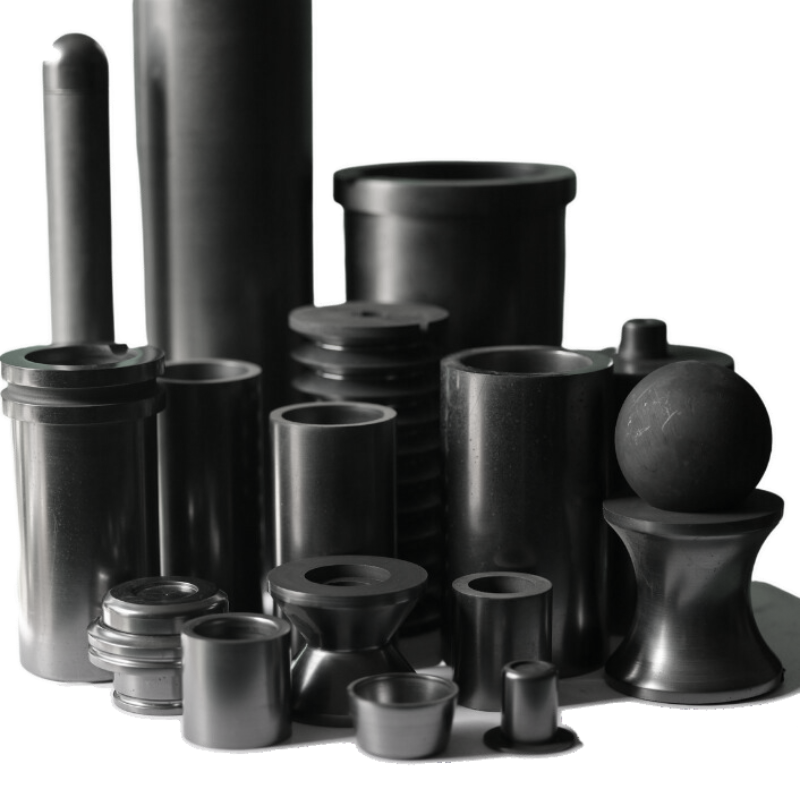Introduction
Graphite molds play a crucial role in various industries, from automotive to electronics, providing a versatile solution for precision manufacturing. As demand for these molds continues to rise, it becomes imperative for manufacturers to adopt sustainable practices. In this article, we will explore the concept of sustainable graphite mold manufacturing, highlighting the importance of eco-friendly initiatives and innovative approaches to meet industry demands.
Understanding Graphite Molds
Graphite molds are indispensable in shaping intricate components across different industries. These molds are renowned for their durability, thermal stability, and ability to withstand extreme conditions, making them ideal for high-temperature applications. However, the conventional manufacturing processes for graphite molds often involve energy-intensive procedures and the use of non-renewable resources.
Challenges in Traditional Graphite Mold Manufacturing
Traditional graphite mold manufacturing methods contribute to environmental degradation and resource depletion. The extraction and processing of graphite involve significant energy consumption, and the use of fossil fuels in manufacturing further exacerbates the carbon footprint. Additionally, the disposal of waste generated during the production process poses a threat to ecosystems.
Embracing Sustainable Practices
To address these challenges, the graphite mold manufacturing industry is gradually shifting towards sustainable practices. Key initiatives include:
- Recycling and Reusing Graphite Materials: Instead of relying solely on new graphite, manufacturers are exploring ways to recycle and reuse graphite materials. This not only reduces the demand for fresh resources but also minimizes waste, contributing to a circular economy.
- Energy-Efficient Production Processes: Sustainable manufacturing involves adopting energy-efficient technologies and processes. By investing in modern machinery and optimizing production workflows, manufacturers can significantly reduce their energy consumption and carbon emissions.
- Renewable Energy Sources: Transitioning to renewable energy sources, such as solar or wind power, is a pivotal step towards sustainability. Manufacturers can harness these clean energy alternatives to power their operations, mitigating the environmental impact associated with conventional energy sources.
- Biodegradable Lubricants and Coolants: Traditional lubricants and coolants used in the manufacturing process often contain harmful chemicals. Switching to biodegradable alternatives ensures a safer working environment and minimizes the ecological impact when these substances are disposed of.
- Implementing Lean Manufacturing Principles: Streamlining production processes through lean manufacturing principles not only reduces waste but also enhances overall efficiency. This approach helps optimize resource utilization, leading to a more sustainable and cost-effective operation.
The Role of Innovation in Sustainable Graphite Mold Manufacturing
Innovation is a driving force behind sustainable graphite mold manufacturing. Researchers and industry experts are exploring novel materials and manufacturing techniques to further minimize environmental impact:
- Carbon Neutral Manufacturing: Some manufacturers are actively seeking ways to offset their carbon emissions by investing in carbon offset programs or engaging in tree-planting initiatives. This commitment to carbon neutrality is a crucial step in achieving a sustainable balance in the manufacturing process.
- Biocompatible Graphite Materials: Research is underway to develop graphite materials that are not only durable but also biocompatible. This innovation is particularly relevant in industries such as medical device manufacturing, where the impact on human health and the environment is a top priority.
- 3D Printing Technology: The adoption of 3D printing technology allows for more precise and material-efficient production. This not only reduces waste but also opens up opportunities for the use of sustainable materials in the manufacturing process.
Conclusion
As the demand for graphite molds continues to grow, the industry must take responsibility for its environmental impact. Sustainable graphite mold manufacturing is not just a trend; it is a necessity for the future. By adopting eco-friendly practices, recycling materials, and embracing innovative technologies, manufacturers can contribute to a cleaner and greener future. As the industry evolves, the integration of sustainable practices will not only meet the demands of the present but also ensure a more sustainable and resilient future for graphite mold manufacturing.





